Related Research Articles

The Sandinista National Liberation Front is a socialist political party in Nicaragua. Its members are called Sandinistas[sandiˈnistas] in both English and Spanish. The party is named after Augusto César Sandino, who led the Nicaraguan resistance against the United States occupation of Nicaragua in the 1930s.

Nina Serrano is an American poet, writer, storyteller, and independent media producer who lives in Oakland, California. She is the author of Heart Songs: The Collected Poems of Nina Serrano (1980) and Pass it on!: How to start your own senior storytelling program in the schools (Stagebridge). Her poems are widely anthologized, including the literary anthology, Under the Fifth Sun: Latino Writers from California, and three anthologies of peace poems edited by Mary Rudge from Estuary Press. She has also translated two chapbooks from Peruvian poet Adrian Arias. She currently leads storytelling workshops at senior centers and elementary schools through Stagebridge.org. She is the former director of the San Francisco Poetry in the Schools program and the Bay Area's Storytellers in the Schools program. A Latina activist for social justice, women's rights, and the arts.

Ernesto Cardenal Martínez was a Nicaraguan Catholic priest, poet, and politician. He was a liberation theologian and the founder of the primitivist art community in the Solentiname Islands, where he lived for more than ten years (1965–1977). A former member of the Nicaraguan Sandinistas, he was Nicaragua's minister of culture from 1979 to 1987. He was prohibited from administering the sacraments in 1984 by Pope John Paul II, but rehabilitated by Pope Francis in 2019.
Pedro Joaquín Chamorro Cardenal was a Nicaraguan journalist and publisher. He was the editor of La Prensa, the only significant opposition newspaper to the long rule of the Somoza family. He is a 1977 laureate of the Maria Moors Cabot Prize of the University of Columbia. He married Violeta Barrios de Chamorro who later went on to become President of Nicaragua (1990-1996). In 1978, he was shot to death, one of the precipitating events of the overthrow of the Somoza regime the following year.
Daisy Zamora is a contemporary Latin American poet. Her work covers daily life, human rights, politics, revolution, feminist issues, art, history and culture.
Latin American literature consists of the oral and written literature of Latin America in several languages, particularly in Spanish, Portuguese, and the indigenous languages of the Americas as well as literature of the United States written in the Spanish language. It rose to particular prominence globally during the second half of the 20th century, largely due to the international success of the style known as magical realism. As such, the region's literature is often associated solely with this style, with the 20th Century literary movement known as Latin American Boom, and with its most famous exponent, Gabriel García Márquez. Latin American literature has a rich and complex tradition of literary production that dates back many centuries.
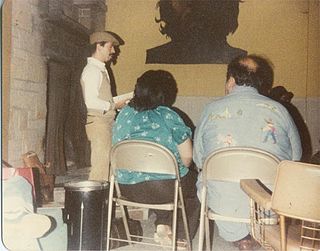
Alberto Baltazar Urista Heredia better known by his nom de plume Alurista, is a Chicano poet and activist.

José Coronel Urtecho was a Nicaraguan poet, translator, essayist, critic, narrator, playwright, diplomat and historian. He has been described as "the most influential Nicaraguan thinker of the twentieth century". After an attraction to fascism in the 1930s, he became a strong supporter of the Sandinista National Liberation Front in 1977.

Juan Felipe Herrera is a poet, performer, writer, cartoonist, teacher, and activist. Herrera was the 21st United States Poet Laureate from 2015 to 2017.
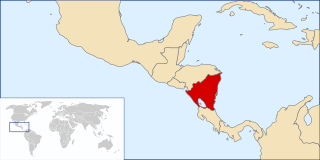
The following is an alphabetical list of topics related to the Republic of Nicaragua.
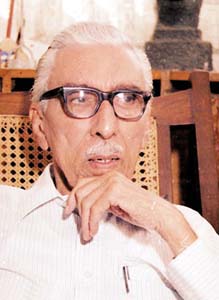
Pablo Antonio Cuadra was a Nicaraguan essayist, art and literary critic, playwright, graphic artist and one of the most famous poets of Nicaragua.

Yolanda Blanco is a Nicaraguan poet.
Transnational Barrios as a concept within Latin American and Latino studies explains the social construction of space, place, culture, traditions, and artistic symbolic meanings that are established beyond national boundaries by diverse Latina/o populations in communities of a hosting country. Therefore Transnational Barrios are seen by scholars as critical spaces to celebrate and embrace cultural production, political mobilizations, ethnic identity and solidarity, and develop a sense of belonging within communities.
Mission Muralismo was an artistic movement that brought awareness of issues as well as depicted everyday life as lived by the people in the San Francisco Mission District and other barrios around the world. The Mission was an artistic playground for muralists to speak out about injustices and social issues around their city, the country and the world. Latin American muralists voiced their cries for international attention and aimed to create awareness for the social and political problems of Latin America through the murals they painted. The Nicaraguan community especially contributed to artistic projects to shed light on the Nicaraguan Revolution and their struggles from 1979 to the 1990s.
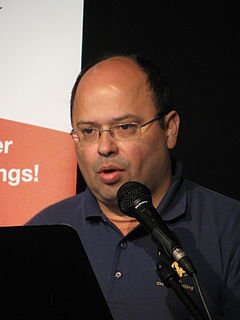
Francisco Aragón is a Latino poet, editor and writer.

Deborah Paredez is an American poet, scholar, and cultural critic. She is the author of the poetry collections, Year of the Dog and This Side of Skin, and the critical study, Selenidad: Selena, Latinos, and the Performance of Memory. She is Co-Founder of CantoMundo, a national organization that supports Latinx poets and poetry. She lives in New York City where she is a professor of creative writing and ethnic studies at Columbia University.
Ernesto Mejía Sánchez was a Nicaraguan author and poet. He took his doctoral degree in Madrid and, for several years was a professor at the National Autonomous University of Mexico. His first work was Romances y Corridos Nicaragüenses, a compilation of stories, which was published in Mexico in 1946.
Juliana Delgado Lopera is a queer writer and performer. They are the author of ¡Cuéntamelo! an illustrated collection of queer immigrant histories in the United States during the 1980s. They use creative expressions, such as writing, queer literary performance, and bilingual poetry to advance LGBT activism projects across the Bay Area. Delgado Lopera serves as the Executive/ Artistic director for the Nonprofit organization Radar Productions since 2015.
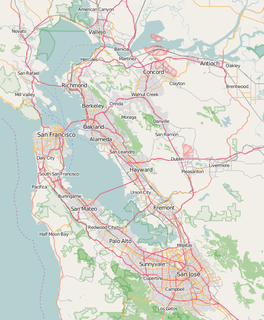
Mission Cultural Center for Latino Arts (MCCLA) is an arts nonprofit that was founded in 1977, and is located at 2868 Mission Street in the Mission District in San Francisco, California. They provide art studio space, art classes, an art gallery, and a theater. Their graphics department is called Mission Grafica, and features at studio for printmaking and is known for the hand printed posters.
References
- 1 2 3 4 Pérez, Gina M.; Guridy, Frank A. Jr; Adrian Burgos, eds. (2010). Beyond el barrio : everyday life in Latina/o America. New York: New York University Press. ISBN 0-8147-9129-8.
- ↑ Lyle, Erick. "Back to the streets". article. Retrieved 4 May 2011.
- 1 2 Barrow, J.J. "When the Mission ran with the Rebels". article. Retrieved 4 May 2011.
- 1 2 3 4 5 6 7 8 9 "Festival de Flor y Canto" . Retrieved 7 May 2011.
- 1 2 3 "Festival de Flor y Canto" . Retrieved 8 May 2011.